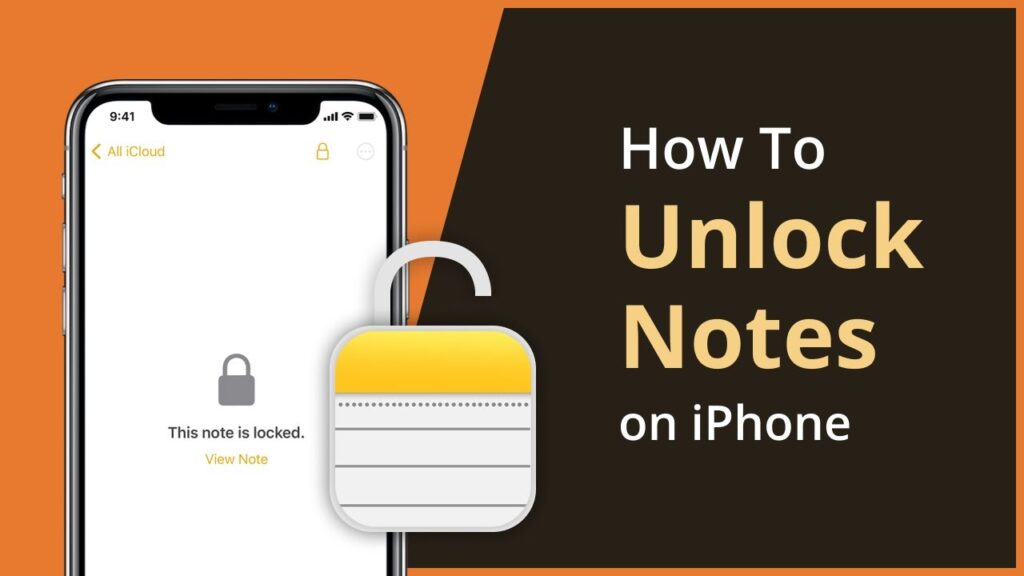Privatenote is a popular service for sending self-destructing, encrypted messages. It’s excellent for securely sharing sensitive information. However, since Privatenote is designed for privacy, store your messages on its servers, and the only way to recover your notes is if you remember your password.
Check for a password hint
Set a password hint when you create a password for your Privatenote message. This hint will be visible to anyone with the link to your note. If you think you have set a hint, try accessing the note and see if a hint is displayed on the password entry screen. A good hint should jog your memory about the password without giving it away entirely to others.
Variations of Your Usual Passwords
Most people have a few go-to passwords that they use across various sites and services, with slight variations. Think about the types of passwords you typically use – a combination of meaningful words, names, dates, numbers, etc. Try inputting different variations of your standard password formats. You may get lucky and find that the Privatenote password was one of your commonly used ones.
Check your password manager
If you use a password manager like LastPass, 1Password, or the one built into your web browser, you may have saved the Privatenote password there. Open your password manager and search for “Privatenote” or the message title. With any luck, the password will be saved, and you will retrieve it.
Look through your messages & emails
Did you send the Privatenote password to someone else, like the message’s intended recipient? If so, try searching through the messages you send in your email or chat apps. You may find that you copied and pasted the password to share it. This also applies if you emailed the note to yourself as a backup.
Brute force
If the Privatenote message is essential and you’re willing to invest some time, you could attempt to brute force the password. This involves systematically trying many different password combinations until you find the right one. Some tools automate this process. However, Privatenote passwords are case-sensitive and include numbers, letters, and symbols – so brute forcing could take a very long time check here https://privatenoter.com/.
Tips to avoid this situation
- Use a firm but memorable password- Privatenote suggests using long passwords that are easy to remember but hard for others to guess. Avoid common words or phrases.
- Set a good password hint- Choose a hint that will help you remember the password but doesn’t make it too obvious to others. Aim for something only you would know.
- Note down Privatenote passwords- Since Privatenote recovers lost passwords, it’s critical to note the password securely, like an encrypted document or password manager. Don’t store the password in the same place as the message link.
Private note messages are distressing, especially if they contain important or sensitive information. While Privatenote doesn’t have a password reset feature, you can try a few methods to recover or recreate your lost message.








